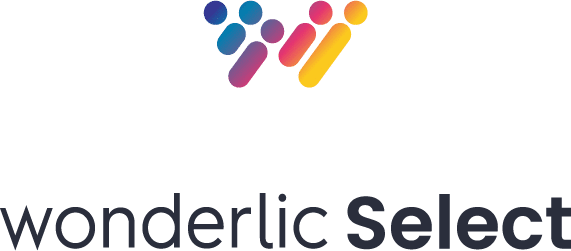Your students come to school to gain an education that will lead to gainful employment. But how can you make sure you’re giving your students all the skills they will need to thrive in the workplace? Learning outcome assessments, that’s how.
Traditional Grades are Meaningless
From an employer’s perspective, having a degree or certificate and a good GPA is necessary, but not enough. Just because a person graduated from college doesn’t mean they actually learned and retained what they need to know. That’s why learning outcomes assessments exist:
- Curriculum varies by school. What students are learning in a program at one school is likely to be different from what is being learned at another school.
- Grading is not consistent. Academic standards are inconsistent across schools, making grades incomparable.
- Teachers modify according to their idiosyncratic opinions. Teachers’ often modify their courses to focus on content according to their personal beliefs on what is important.
Learning Needs to be Competency and Skills Based
Employers evaluate candidates by their match to competencies needed for the job. New employees with proficiency and knowledge require less on-the-job training, saving employers time and money. Schools that develop students with employers’ needs in mind will not only send successful students off into the workforce, they will also earn a good reputation.
How Learning Outcomes Assessments Can Help
By measuring your students’ learning outcomes, you can identify gaps in their acquisition of the knowledge, skills and abilities (KSAs) necessary to get and keep a job. This will also reduce training time, alleviating stress and costs for employers.
Learning outcomes assessments are mapped to curriculum based on different programs. This provides educators with a standardized benchmark against which they can assess their students.
By measuring learning outcomes for a given program, you can also have quantitative, standardized proof that your students actually have the knowledge needed for the requirements of a position. For example, a medical assisting student will have different requirements and skills than a medical transcriptionist, and these types of assessments will ensure students are learning what they need to be effective on the job.






